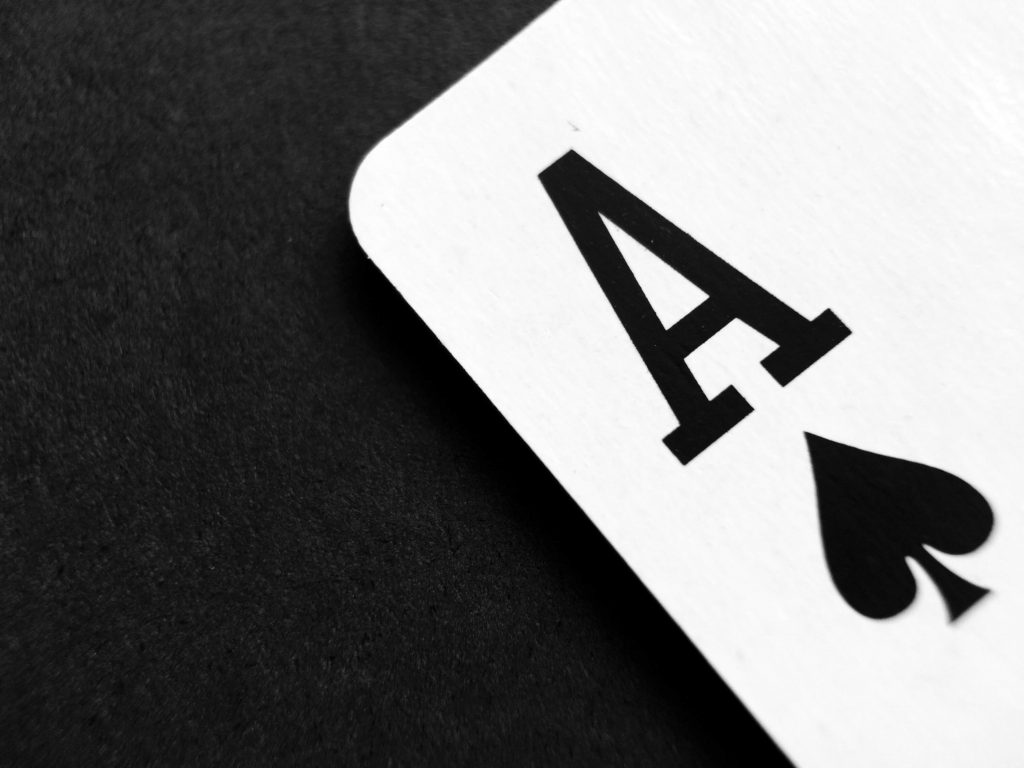You are about to start your Poker journey by learning to play Texas Hold’em Poker – one of the most famous card games. A good starting point is to familiarise yourself with the basics and the different kinds of hands, which we will provide in this beginner-friendly guide about Texas Hold’em.
Texas Hold’em poker is just one of the many poker games out there; however, it is the one you will repeatedly be playing. It is the most popular Poker variant since it is easy to learn, especially for Online Poker or playing socially with friends at home.
Whatever Poker game you choose for yourself, the basic rules and Poker hands are the same and don’t change. However, each variation comes with modifications and additional rules, which you should look into beforehand. To hit the road to Poker success, we first get you started on the basics.
Basic Rules of Poker Games
Before researching your Poker strategy on different Online Poker sites, it’s beneficial to understand why players love the game. As a beginner, it can be challenging to digest all the rules. Therefore, we recommend mastering the fundamentals of Poker and discovering your passion for the game.
When we talk about the basic rules of Poker, we refer to the basics of Texas Hold’em.
In a nutshell, if you want to learn how to play Poker, get ready for the following gaming cycle:
- Poker means player against player.
- One game of Poker consists of more than one betting round.
- Players get dealt two private cards and up to five community cards.
- Unless all players fold their hands before the showdown, you need the highest valued poker hand to win the betting round.
How does Texas Hold ’em work?
This Poker game variant intends to use your pocket cards (your initial hole cards) combined with the community cards (board cards) to make the best-valued poker hand in the final round.
To construct your winning and in Texas Hold’em, you are following the simple steps of the Poker basics:
- Each player is dealt two cards face down, called hole cards or pocket cards.
- Until you reach the final betting round, five more cards are dealt face up in the middle of the table, the so-called community card or board cards.
- Each player can use the board cards with their hole cards to build their five-card poker hand.
It’s essential to know; the five community cards are dealt in three stages over several betting rounds:
- The Flop: The first three community cards.
- The Turn: The fourth community card.
- The River: The final community card.
Your mission is to create your five-card poker hand using the best available five cards out of the seven cards. The seven cards result from your two hole cards and the five board cards.
There are different ways to build your winning hands:
- Use both of your hole cards in combination with three community cards.
- Use one hole card in variety with four community cards.
- Use only the five board cards.
Over time you’ll get a keen sense of which move leads to the best outcome.
However, there’s also another way to win a betting round. Should all players decide to fold, you can win the pot without needing to show your hand. That’s when the tactic of ‘bluffing‘ comes into play. Whoever masters the convincing ‘poker face’ gets others to fold their great hands while they don’t even hold the best hand.
Get behind Texas Hold ’em’s Simplicity
Each game moves clockwise around the table, starting with the player to the left of the dealer button. The dealer button is a round disc and determines which player is the acting dealer.
The disc rotates one seat to the left with each hand, and the two players sitting to the immediate left of the button must place a ‘small blind’ and a ‘big blind’ to their initiative bet. The dealer button also determines where the dealing of cards begins.
The player in the small blind receives the first card, and then the dealer deals other cards around the table in a clockwise motion until everyone has their two starting cards.
From there, each Poker round then runs down as follows:
- Pre Flop
- Flop
- Turn
- River
Remember that the dealer position, or the remaining player closest to the button, is the last to act on all post-flop streets of play. These positions are usually the more powerful positions during a betting round.
The Blinds
Before every new hand, two players are obligated to place a small and big blind.
The blinds act as forced bets; without a forced bet, the game would be very dull. Players wouldn’t be ‘forced’ to put any money or poker chips into the pot. That means players would be waiting around until they are dealt pocket aces, two aces as their starting hand, and only bet then. The blinds are raised regularly if you play Poker more advanced in tournaments.
The player directly to the left of the button places the small blind and the player to their direct left posts the big blind. The small blind usually is half the size of the big blind, which can vary depending on the Poker room and Poker variant.
The Pre Flop: The First Round of Betting
The first betting round kicks off right after each player has been dealt their two hole cards, and the first player to act is the player to the left of the big blind. This player’s position is called ‘under the gun‘. The first acting player now has three options to choose from:
- Call: match the amount of the big blind
- Raise: increase the bet (amount depends on set limits of the game)
- Fold: drop out of the game
Should players choose to fold, they are out of the game and can’t win the current hand.
In no-limit games (No-Limit Texas Hold’em), the minimum bet must be at least twice the big blind, and the maximum raise can be an all-in bet, which means all of the poker chips in the player’s stack.
In fixed-limit hold ’em (Limit Texas Hold’em), a raise is precise twice the big blind.
In pot-limit hold ’em, a raise can be anywhere from the amount of the big blind up to the total amount in the current pot.
After the first player acts, the round runs clockwise around the table, with each player having the same three action options.
Once the last bet is called, the pre-flop round is over and play moves on to the flop.
The Flop: The Second Betting Round
During the Flop, the first three community cards were dealt. Only the players who have not folded previously are involved when entering the second betting round. The Flop starts with action from the first player to the left of the button.
A player now gets an additional option, the option to check. A check means to pass the action to the next player. However, this option becomes available if no betting action has occurred beforehand.
The betting continues until the last bet or raises have been called or until every player chooses to check.
The Turn: The Third Round of Betting
The third betting round starts with the fourth community card, called the turn, dealt face-up on the board.
Again, only players who haven’t folded on the previous bet can act in this round with the options to check, bet, call, fold, or raise.
The River: The Final Betting Round
In this round, the fifth community card, the final community card, is dealt face-up following all previous betting actions. Once this has been completed, another round of betting occurs, including all players who haven’t folded previously.
After this round of betting ends, the remaining players expose their holdings to determine a winner. The so-called Showdown.
The Showdown
It’s time to show what you are holding. All remaining players who haven’t folded previously show their hole cards, and a winning hand is crowned with the dealer’s assistance.
The player with the best combination of five cards wins the pot.
Basic overview of Poker Hands
To get you started on your first round of Poker, studying the hand rankings is essential. These aren’t explicitly tied to Texas Hold ’em, but apply to many other poker games.
- Royal Flush: A, K, Q, J, 10 (all the same suit)
- Straight Flush: Five cards in a sequence (all the same suit)
- Four of a Kind: Four cards of the same rank
- Full House: Three of a kind with a pair.
- Flush: Any five cards of the same suit, but not in a sequence
- Straight: Five cards in a sequence, but not of the same suit
- Three of a Kind: Three cards of the same rank
- Two Pairs: Two different pairs (two cards of the same rank each).
- One Pair: Two cards of the same rank
- High Card: Five unmatched cards; the highest card plays
Learn more about Poker hands and hand rankings.
Many online poker sites will allow you to play Texas Hold’em with your friends and different players worldwide. If you’d like to practice your newly won poker knowledge, visit a poker room online and enter your first from many betting rounds.







